What Is Plaster?
Important Point
This id the process of covering rough walls, uneven surfaces in the construction house and other structures with a plastic material, called plaster or mortar.
Sometimes, the term ‘rendering’ is used instead of plastering when the plaster or cement is applied to the external surface of the wall either to improve the appearance or to protect then from wether agencies, such as rain heat, etc.
Requirement of a Good Plaster
To turn out to be a good plaster, the plastering material must possess to satisfy the following requirement
- It should adhere to the background and should remain adhered to during all variations of the climate changes. Also, it should be possible to apply it during all weather conditions.
- It should not contract in volume while drying and setting. Otherwise, it will crack and give an unsightly appearance.
- It should be cheap and economical.
- It should be hard and durable, providing a smooth, non-absorbent, and washable surface with required decorative effect and durability.
- It should offer good insulation against sound and high resistance against fire.
- It should effectively check the entry or penetration of moisture from the surface.
- It should possess good workability.
Also, read: What Is Superstructures | Difference Between Load-Bearing and Framed Structures
Types of Plaster As Per Material
There are various types of plasters used according to the requirements. To name some are as below:
- Lime Plaster
- Mud Plaster
- Cement Plaster
- Water Proof Plaster
#1 Lime Plaster
Lime is used in plastering may be fat lime or hydraulic lime. Fat lime makes the best plaster as they yield good putty after slaking.
Hydraulic lime, on the other hand, yields harder and stronger plaster. But it may contain some unslaked particles which may slake slowly (may be in 8 to 12 months) on absorbing moisture from the atmosphere and damage the plastering by forming blisters.
As a precaution, the hydraulic lime, if used, should be ground dry with sand; lift for about 2 or 3 weeks and then reground before use.
Mortar for lime plaster is usually prepared by mixing sand and lime in equal proportions. Cement in small quantity is sometimes added to the mixture to improve its strength.
Gugal (a kind of fragrant gum) and chopped hemp are sometimes added at the rate of 4.5 kg and 2.7 kg, respectively, to every 2.85 cu.m. of plaster. This treatment prevents the formation of cracks in the plaster on drying.
Also, read: Classification of Stone Work | What Is Stone Masonry
#2 Mud Plaster
The mud plaster is prepared from equal volumes of well-tempered clay or brick earth and of chopped straw, hay, loose soil, or hemp and cowdung.
All these ingredients are thoroughly mixed and lift for about 7 days with a large quantity of water.
This is mixed again thoroughly till it comes to the desired consistency of plaster sometimes mud plaster made of clay and sand is also used.
#3 Cement Plaster
The cement plaster consists of one part of cement to four parts of clean, coarse, and angular river sand by volume the materials are thoroughly mixed in a dry condition before water is added to them.
The mixing of materials is done, or a watertight platform and plaster of one cement bag only are prepared at a time, and this quantity of plaster is consumed within 30 minutes after adding water.
#4 Water Proof Plaster
The water-proof plaster is prepared by mixing one part of cement two parts of sand and pulverized alum at the rate of 120 N per m3 of sand.
In the water to be used. 0.75 N of soft soap is dissolved per one lite water, and this soap water is then added to the dry mix.
Defects In Plastering
Usual defects that are found in plastering wor. Below types of defects Plastering.
- Blowing or Blistering of Plaster
- Cracks
- Falling Out of Plaster
- Efflorescence
- Flaking
- Peeling
- Popping
- Rust Stains
- Uneven Surface
- Softness
#1 Blowing or Blistering of Plaster
This consists in the formation of small patches of plaster swelling out beyond the plastered surface and arechiefly due to improper slaking of lime particles in the plaster.
After the application of plaster, the unslacked particles in the lime start slaking and thus the defect takes place. Properly slaked lime should, therefore, be used to prevent blistering.
#2 Cracks in Plaster
These are formed on the plastered surface and may be hair cracks or cracks which may be easily seen.
The development of fine hair cracks is known as crazing. The major causes are:
- Old surface not being properly prepared.
- Movements in the backing either on account of thermal expansion or due to shrinkage caused by the drying of the backing material. To avoid this the backing surface should be allowed to dry before applying the plaster.
- Movement in the plaster itself on account of the expansion (in case of gypsum plaster) or shrinkage of the plaster coat (in case of lime-sand plaster) during drying.
- Excessive shrinkage of plaster due to the application of mortar in thick coats.
- Workmanship and the method of application of the plaster. Rough textured finishes are generally less likely to show cracking than smooth finishes.
#3 Falling Out of Plaster
The following are the reasons for this defect.
- The adhesion of the plaster to the back-ground may not be perfect.
- The suction of the backing material may not be uniform. At places where the backing material absorbs an excessive amount of water, the plaster loses its strength as well as the mechanical bond between the two surfaces.
- Excessive thermal changes in plaster or backing.
- The bond between the successive cost of plaster may not be perfect.
- Inadequate curing of the plaster.
Also, read: What Is Water Cement Ratio | Water-Cement Ratio and Concrete Strength | Role of Water in Concrete
#4 Efflorescence in Plaster
The soluble salts are present in plaster-making materials as well as building materials such as bricks, sand, cement, etc.
Even water used in the construction work may contain soluble salts. When a newly constructed wall dries out, the soluble salts are brought to the surface and they appear in the form of a whitish crystalline substance.
Such growth is referred to as the efflorescence and it seriously affects the adhesion of paint with a wall surface.
#5 Flaking in Plaster
The formation of a very small loss mass on the plastered surface is known as the flaking and it is mainly due to bond failure between successive coats of plaster.
#6 Peeling in Plaster
The plaster from some portion of the surface comes off and a patch is formed. Such formation is termed as the peeling and it is also mainly due to bond failure between successive coats of plaster.
#7 Popping in Plaster
Sometimes the plaster mix contains particles that expand on being set. A conical hole in the plastered surface is formed in front of the particle. This conical hole is known as the blow or pop.
#8 Rust Stains
Seen sometimes on the plastered surface, especially when plaster is applied on metal lath.
#9 Uneven Surface
This defect becomes prominent only due to poor workmanship of the work.
#10 Softness in Plaster
The excessive dampness at certain points on the plastered surface makes that portion soft. The chief reasons for such softness are the undue thinness of the finishing coat.
Presence of deliquescent salts, excessive suction of the undercoat, etc.
Like this post? Share it with your friends!
Suggested Read –
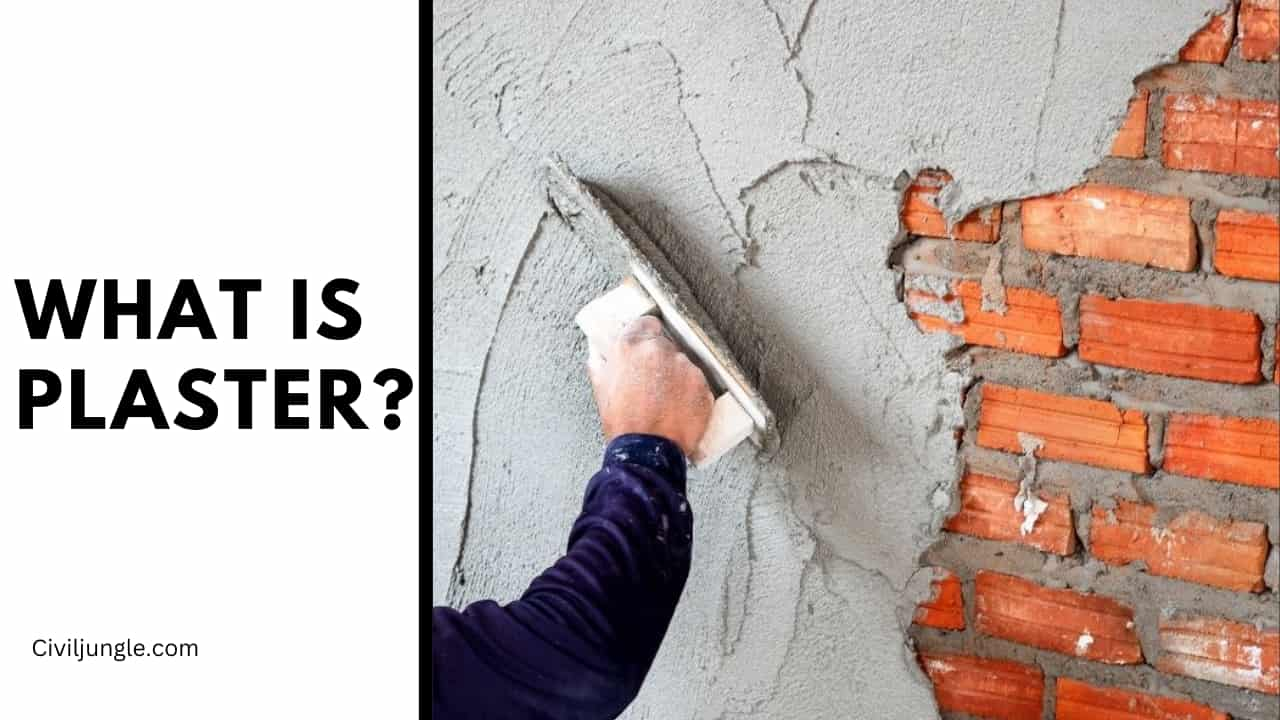
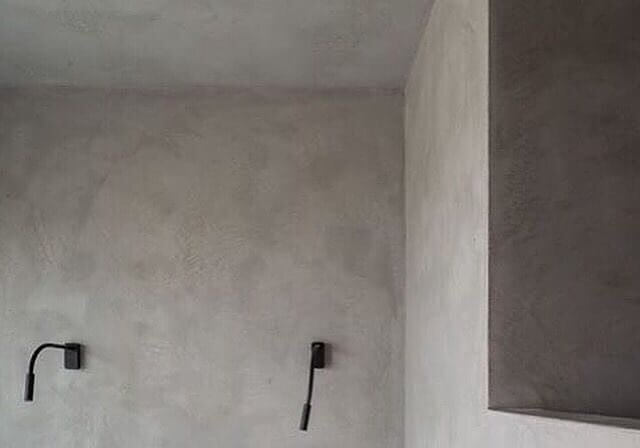

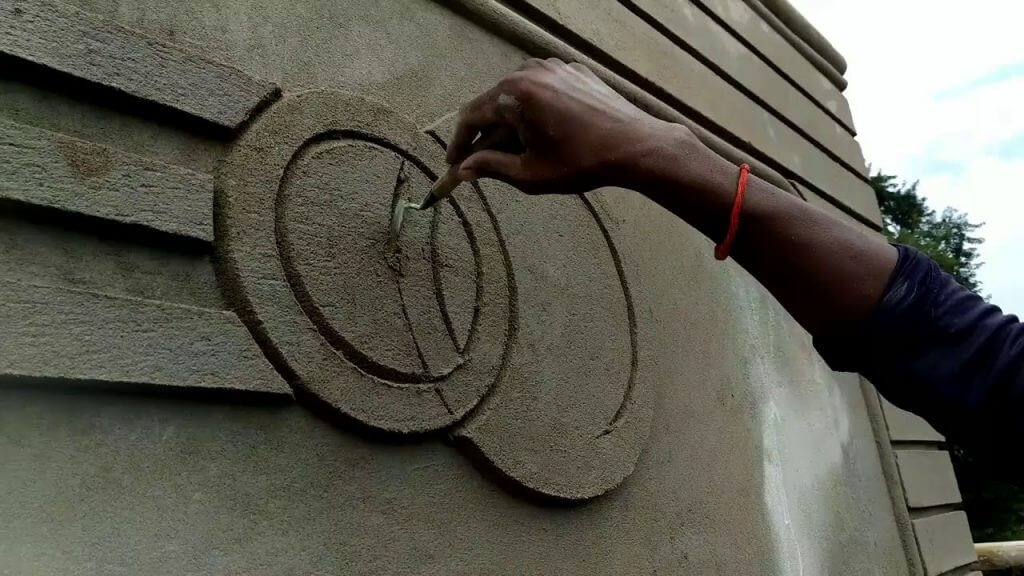
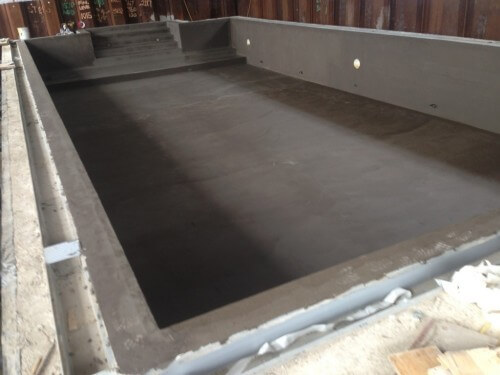
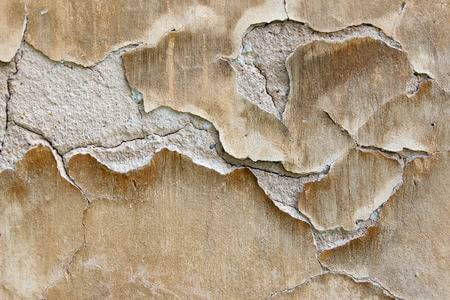
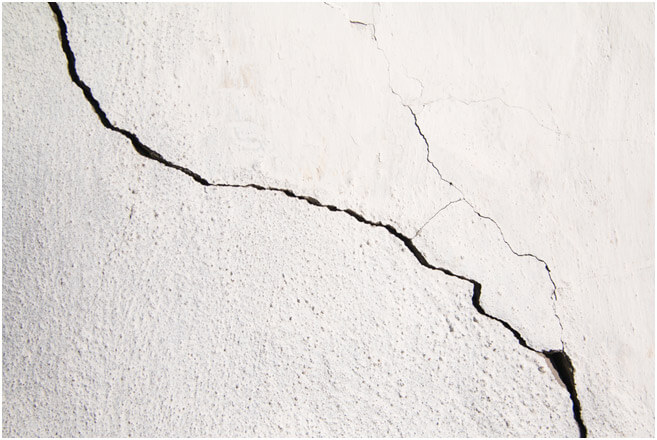
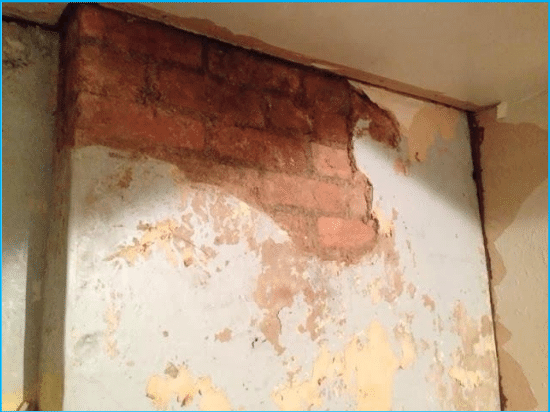
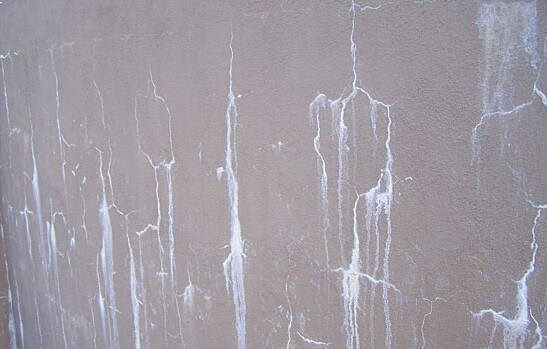
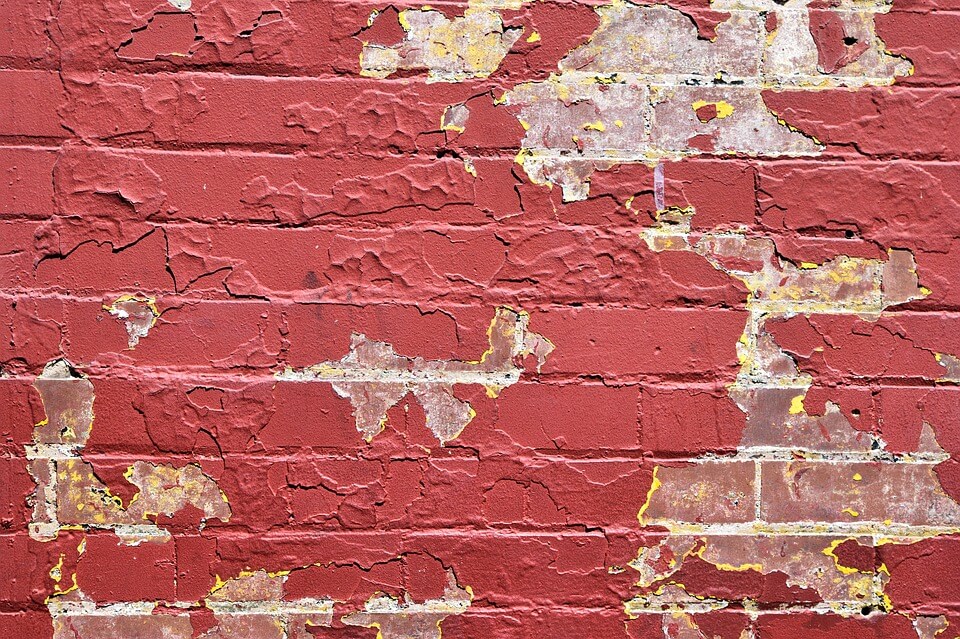
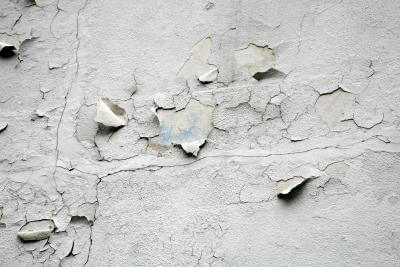
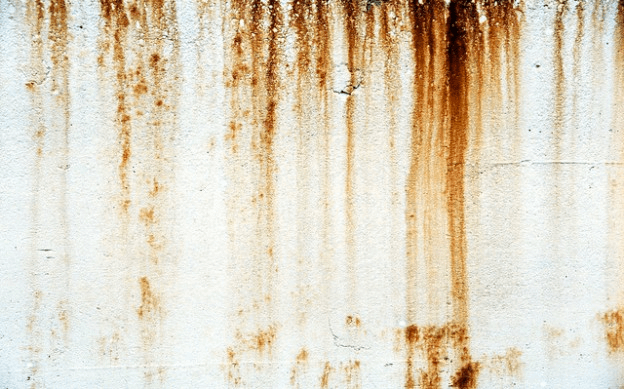

Leave a Reply